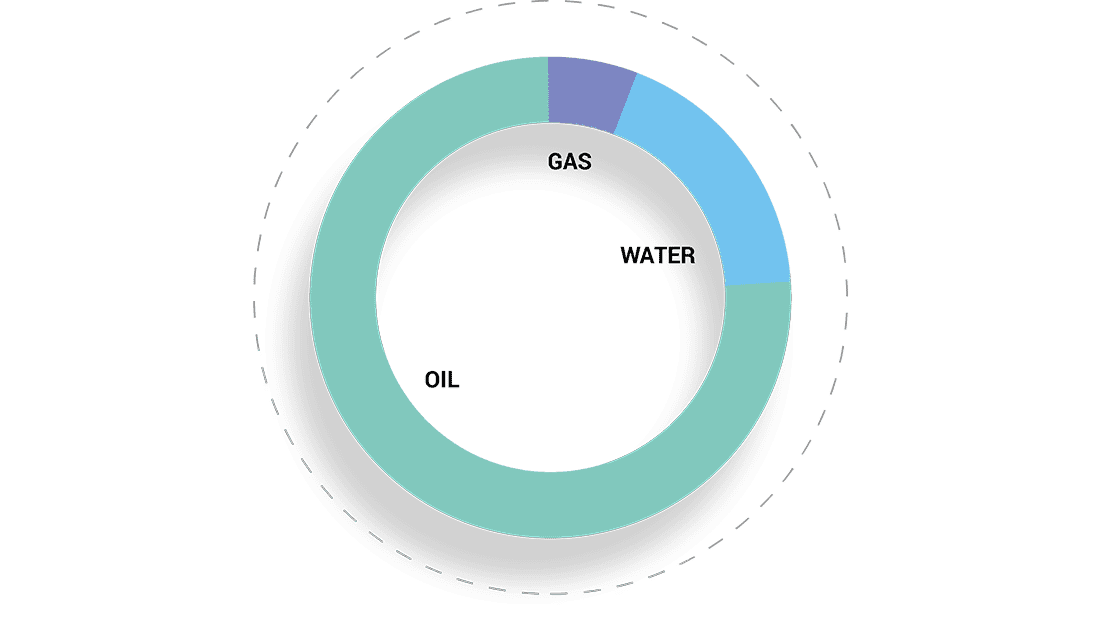
02/02/2022 by InflowControl
More Oil - Less Water & Gas
The AICV® can be individually adapted to fit any reservoir management need by partly or fully choking un-wanted gas, steam, and water, yet remain open for oil.
Today, oil companies across the globe produce mass volumes of unwanted water for every barrel of oil extracted. The causes include heterogeneities and fractures in the reservoirs, and a mobility ratio that favors water over oil. The environmental and economic benefits of a well can be maximized if a reduction in water cut (WC) is achieved.
By lowering a well’s WC, oil production and recovery can be significantly increased. In horizontal wells with slotted or perforated liners, water breakthrough will typically start just a few weeks or months after start-up due to three main factors:
- a high mobility ratio
- the toe-heel effect and
- permeability variations
The mobility ratio of water to oil is a primary factor that influences water breakthrough in horizontal wells. When mobility is greater than one, it is unfavorable, as the water is more mobile than oil in the reservoir. Here, water production will bypass oil and early-breakthrough in the wellbore can be expected.
Fluid friction along a horizontal well causes the flow-pressure to be lower at the well’s heel (closest to the wellhead) than at the toe (furthest from the wellhead). This means that before any oil from the toe can get into the wellbore, water or gas breakthrough begins in the heel, restricting any oil from the toe. This is a direct and leading cause of the capping of many wells.
Permeability variations are not as much of an issue in vertical wells but are incredibly relevant for horizontal wells. Here, the wellbore gets drilled along vastly different sandstone sections, leading to large variations in porosity and permeability, resulting in lower oil recovery rates.
Conventional inflow control devices (ICDs) can balance the influx along a wellbore, delaying water breakthrough. However, when the breakthrough occurs, the water is no longer manageable.
On the other hand, Autonomous Inflow Control Valves (AICV®s) can balance the influx along the wellbore and manage water once it has broken through, leading to significant water-cut reduction for conventional oil fields whether they are producing light, medium or heavy oil.
InflowControl AICV 2020 from InflowControl on Vimeo.